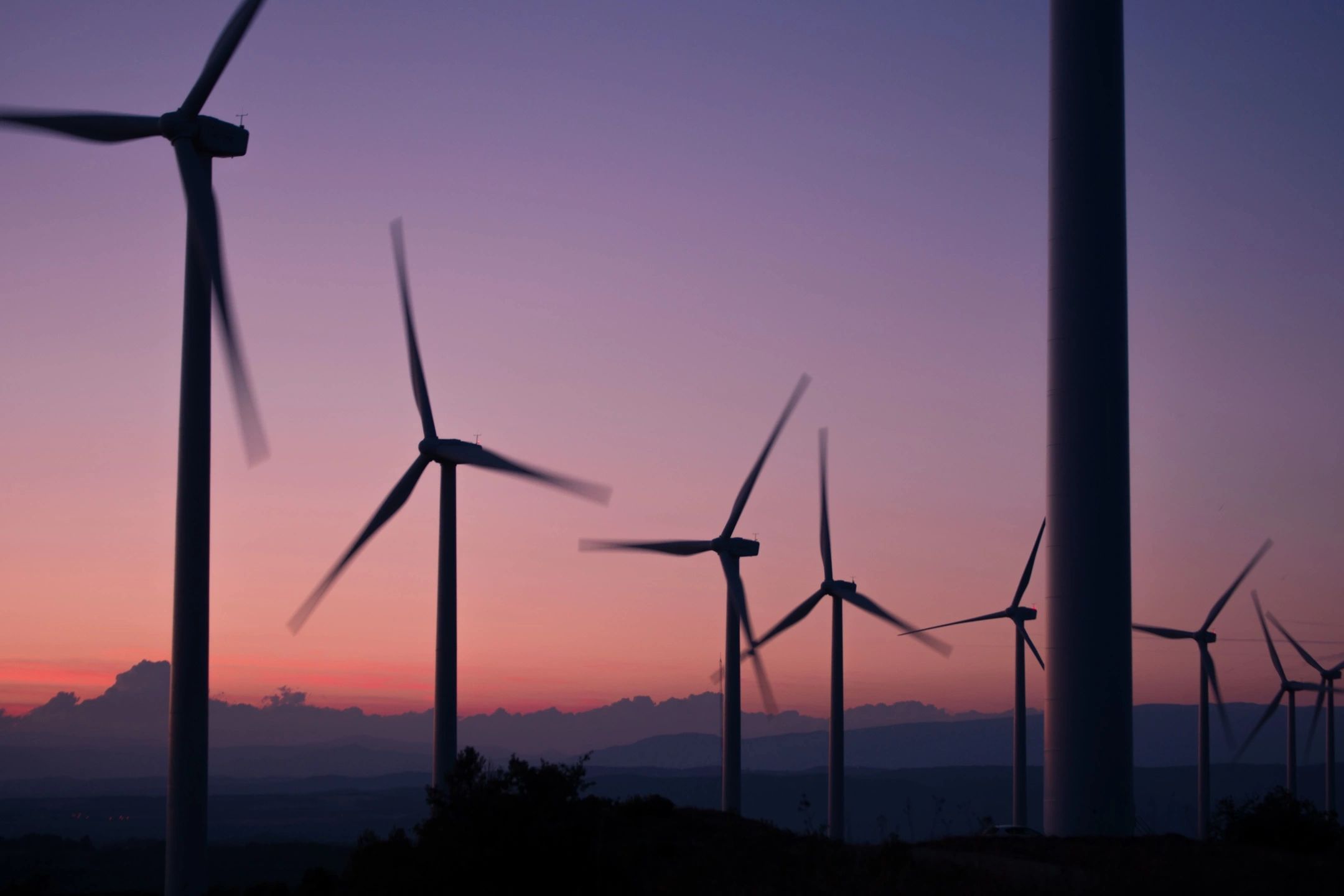China’s National Development and Reform Commission (NDRC) and the National Energy Administration (NEA) released the “Guiding Opinions on Accelerating the Development of Virtual Power Plants (VPPs),” cementing this format as a key element of the energy transition. Let’s look at the technological aspects of VPPs, their role in the energy system, and investment opportunities in this sector.
What is a virtual power plant?
A VPP is a digital platform that integrates distributed energy resources (DERs) through IoT, AI, and cloud computing.
The main components of a VPP:
- Generation: solar panels, small wind turbines, mini hydroelectric power plants.
- Storage: lithium-ion batteries, flow batteries, hydrogen-based systems.
- Controllable loads: smart grids, EV charging stations, industrial consumers with flexible demand.
- Digital platform: algorithms for forecasting, balancing and trading energy.
Example: In Germany, Next Kraftwerke combines >10,000 objects (PVS, biogas, batteries) into a single “power plant” with a capacity of 8 GW.
Technological capabilities of wind power plants
Optimization of the energy system
- Smoothing out peaks: Wind power plants reduce the load on the network by using accumulated energy or temporarily disconnecting oil-intensive consumers.
- Frequency regulator: Batteries and flexible loads respond to fluctuations in seconds (in traditional thermal power plants – minutes).
Integration of renewable energy sources
- Wind power plants compensate for the instability of the sun / wind, redistributing excess energy.
- P2P trading: Households with solar power plants can sell energy to neighbors via blockchain platforms (pilot in Australia Power Ledger).
AI and Big Data
- Generation/demand forecasting based on weather, consumer behavior.
- Automated auctions: Algorithms participate in wholesale markets (e.g. AutoBidder by Tesla).
Investment opportunities
Priority areas
- Equipment manufacturers:
- Storage devices (CATL, BYD, Huawei).
- Smart inverters (Sungrow, Ginlong).
- Software for wind farms: Management platforms (analogs of AutoGrid, LO3 Energy).
- ESG finance: “Green” bonds for wind farm projects (in 2023, China placed them for $23 billion).
Government support
- Subsidies: Up to 30% of capital expenditures for wind farm projects.
- Preferential loans: Rates from 2.5% (through state-owned banks such as ICBC).
- Mandatory quotas: By 2025, 30% of new industrial zones must include wind power plants.
Risks
- Regulatory uncertainty: Local rules may change.
- Payback: Projects in China require 5-7 years (in the EU – 3-5 due to high tariffs).
Cases and forecasts
- China: State Grid tests a wind power plant in Shandong (1.2 GW, saving $180 million per year).
- USA: Tesla Virtual Power Plant in California combines 5,500 Powerwalls.
- Forecast: The global wind power market will grow from $1.9 billion (2024) to $8.5 billion by 2030 (CAGR 28%).
Conclusion: Where is the sector heading?
- Technologies: AI + IoT + storage = “smart” grids.
- Business models: Wind power capacity rental (like “Uber for energy”).
- Investments: Battery manufacturers, software manufacturers and wind power plant operators are promising.
Our Advice: For private investors, it is worth considering clean energy ETFs (for example, Global X CleanTech) or shares of Chinese CATL/Huawei.









